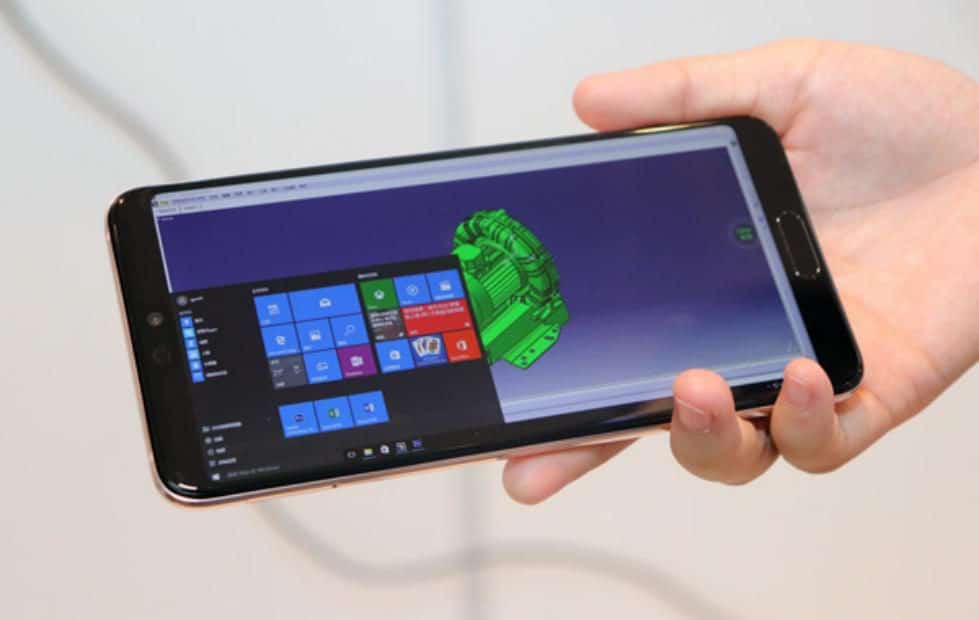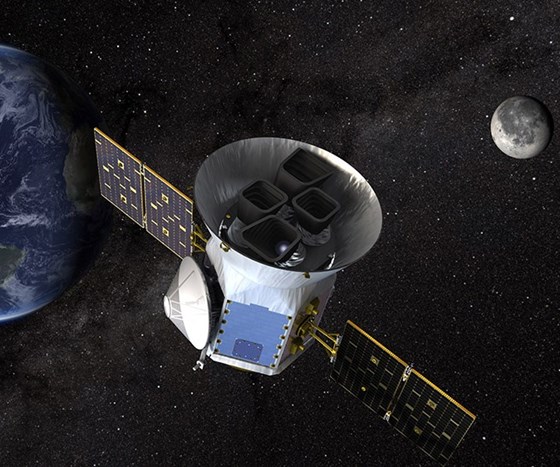
Being able to fit your PC experience in a device that you can fit in your pocket has been one of the more eccentric dreams of the tech industry. But short of futuristic devices and 3D holograms, we are pretty much left to settle with compromises. A few companies have already tried their hand at that compromise but there’s plenty of room for one more. At CES Asia 2018, Huawei showed off what is actually its second “your phone as your PC” idea, this time by running a full Windows 10 system through, not on, a Huawei phone.
Huawei Cloud is exactly what its name suggests. It isn’t running Windows 10 directly on your phone but on a remote server somewhere, currently in China. The app is then simply a remote desktop app using Huawei’s proprietary remote desktop protocol called, what else, the Huawei Desktop Protocol.
Those who remember Huawei’s 2017 flagships might recall that Huawei also designed its own Android desktop experience ala Samsung DeX. The difference with Samsung’s implementation is that it doesn’t require a proprietary dock but simply uses the same USB-C port directly with a cable. Huawei Cloud is simply “phase two” of that. Amusingly, you can actually run the Cloud app even without connecting a larger display, keyboard, and mouse but the experience will be suboptimal.
Huawei isn’t exactly original in this approach as that was the same method HP employed with its Workspace experience for the Elite x3 smartphone. While that phone was already running Windows 10, the mobile version of the OS left much to be desired. HP Workspace let users access a remote Windows 10 desktop pretty much the same way.
One key difference between the two is location. Whereas HP’s Workspace would have run on company servers, Huawei Cloud runs on Huawei’s servers, which are currently located in China. Huawei might open European servers for its customers there but, given its recent issues over its image as an instrument of the Chinese government, it might have some difficulty building trust for this service.
























